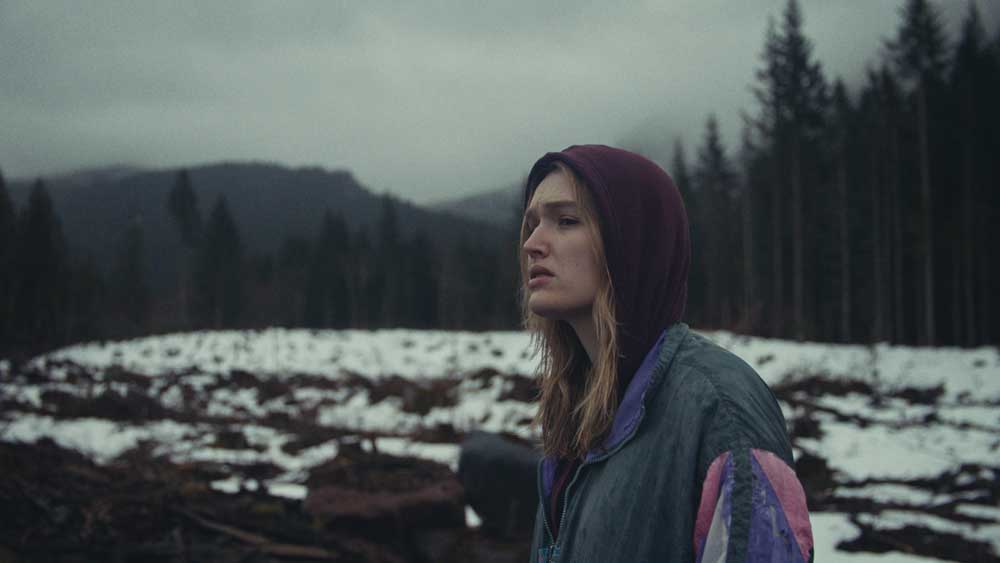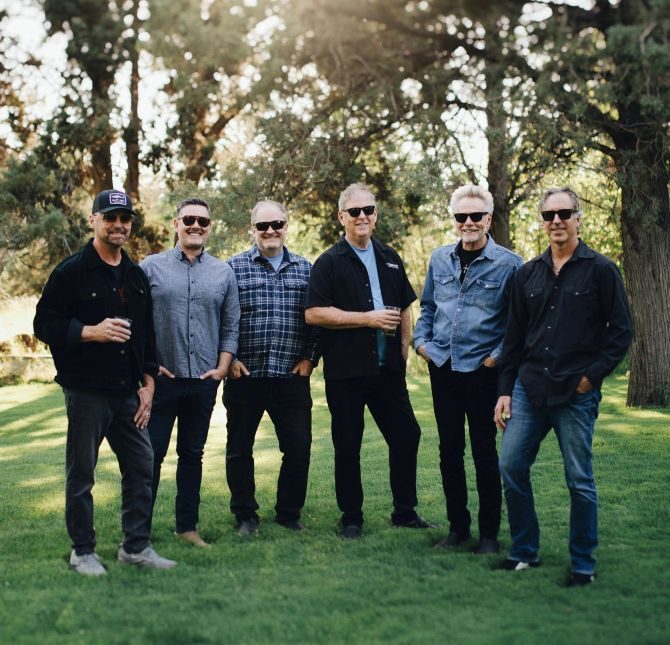Modern ‘Red Riding Hood’ ventures into the Oregon woods
Published 12:45 pm Wednesday, October 2, 2024

- “To Kill a Wolf,” netted director Kelsey Taylor the Best Director for a Narrative Feature award.
A modernized retelling of “Little Red Riding Hood” comes to a soggy western Oregon forest in “To Kill a Wolf.” It’s winter as Red/Dani (Maddison Brown) is running to escape her wolf and is found by a well-intentioned but troubled Woodsman (Ivan Martin). Both are hiding out from something and both subconsciously are looking for someone who understands.
Writer/director Kelsey Taylor takes the fable and delivers a somber reflection on the redemption that comes after trauma by giving it to two unlikely companions.
This Woodsman, a gruff, solitary social pariah, is paid by a local rancher for access to his property in order to capture roaming predators, specifically wolves (which is actually illegal in Oregon as wolves are also a protected species, but I digress).
After witnessing a wolf gnaw off its paw from a trap a year before the events of the film, the Woodsman now spends his days finding the snares with a metal detector and tripping them before an animal is caught.
He is out searching when he finds Dani, unconscious. He takes her home, allows her to rest and feeds her; she even helps him free a trapped wolf he finds. While she never divulges what events led her to being found “half-dead,” the Woodsman knows there is something about this 17-year-old that needs a certain kind of protection.
He agrees to take her to Klamath Falls to her grandmother’s house, and once there, we find out that her grandma has died and that Dani was supposed to live with her aunt and uncle (Kaitlin Doubleday and Michael Esper) in the city but had a fight.
We learn the whole story in a flashback from Dani’s perspective, quickly realizing that this fight is much more troubling than first divulged — she was being groomed by her uncle.
Martin brings a hidden vulnerability to the Woodsman that he only shows in front of Brown’s Dani. The two understated performances allow the audience to more fully feel those eventual gut punches when certain events are revealed from both parties.
Recommended short films to check out this BendFilm festival
Taylor’s story holds a lot of rich moments but there are times when the exposition gets a little heavy-handed and side-character development feels weakly presented.
But what it does well is tie the thematic threads together, from the broad notions of being trapped and needing help. Even the idea of losing a leg is woven into more than a mere aside.
The depth of the story is furthered by the cinematography from Adam Lee, who juxtaposes the cold, wet Oregon winter with the warmth of the Woodsman’s cabin, capturing the coziness of the place of safety for our Red Riding Hood. Lee gives the forest life through the lens and carries it through the entire film.
“To Kill a Wolf” works by giving us a familiar fairy tale and sets up an all-too-real story that reminds us, as the Woodsman says, even if we can’t help ourselves, we can still help someone else, and maybe that will lead to the help we need too.
More Information
“To Kill a Wolf”
Narrative Feature
92 minutes
3 stars








